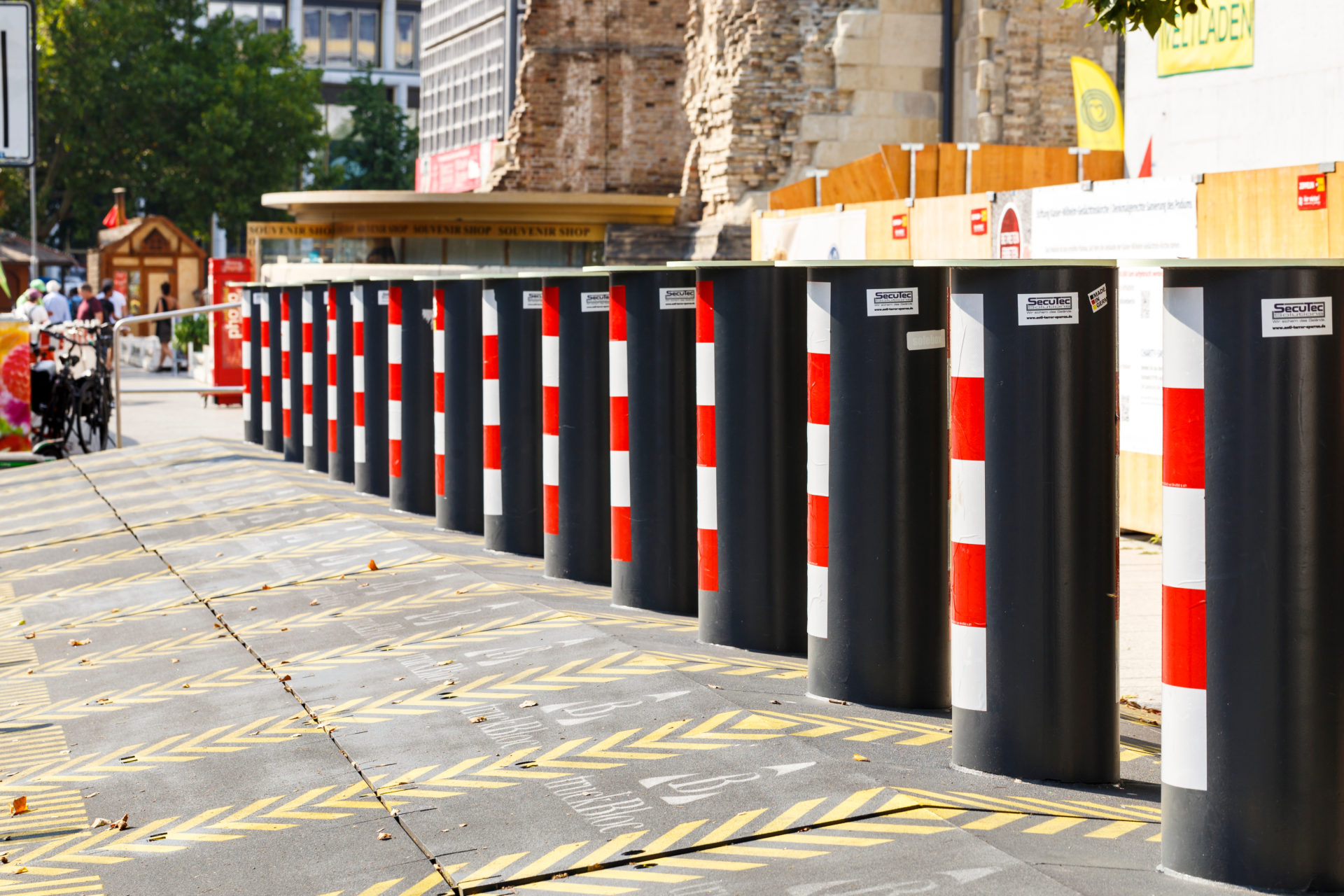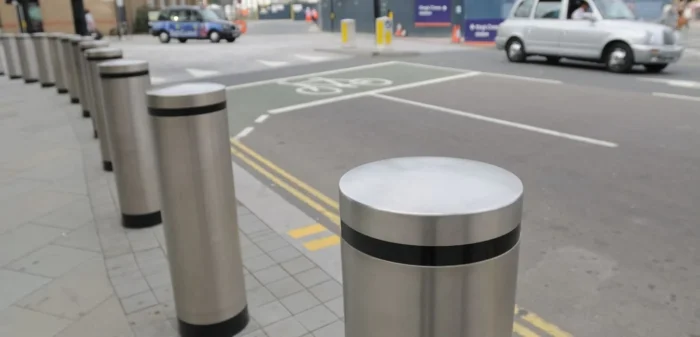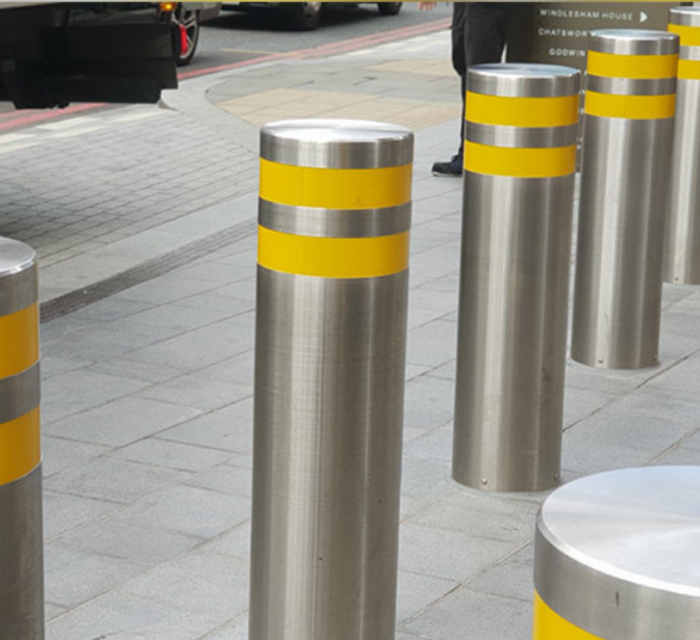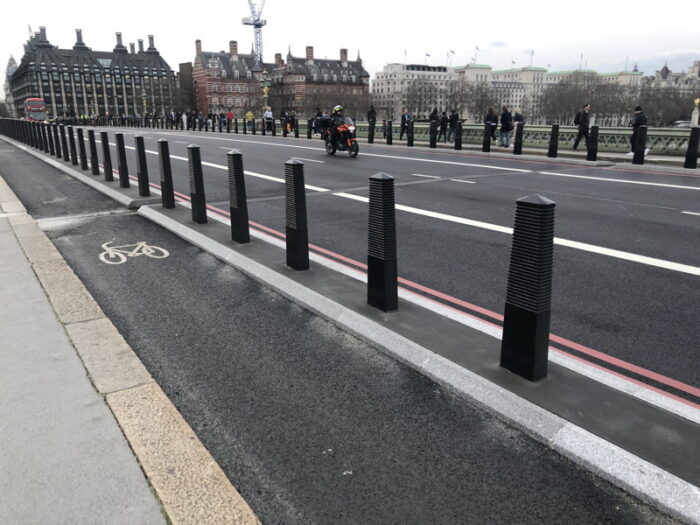
Over the past few decades, global terrorism has taken a dramatic and menacing turn, presenting unparalleled challenges to national and international security. From isolated incidents to coordinated assaults, terrorists have aimed to incite fear and chaos among the populace, targeting symbolic landmarks, transportation hubs, and bustling public spaces. The unpredictable nature of these threats necessitates the implementation of strong safety measures in public areas to safeguard innocent lives and maintain a sense of normalcy. This evolving threat underscores the urgency of adaptive, proactive countermeasures to deter potential attacks.
This article seeks to shine a spotlight on one such countermeasure: bollards, and their indispensable role in anti-terrorism efforts. As seemingly simple and inconspicuous structures, bollards play a major role in urban areas, offering physical protection and acting as psychological deterrents to potential attacks. By examining their design, function, and global applications, we aim to showcase how bollards have become main components in the overarching strategy of public safety. In an age marked by dynamic security threats, bollards offer a responsive and effective solution for safeguarding public spaces.
What are Bollards?

Bollards are short, sturdy vertical posts originally used for mooring boats and ships, but over time, their role has expanded significantly within urban and architectural contexts. Typically made from materials like steel or concrete, both fixed and removable bollards are strategically positioned to control or direct road traffic, protect pedestrians, and prevent potential vehicle-ramming attacks on buildings or public spaces. Their history traces back centuries, with their use evolving from wooden posts in maritime settings to contemporary, multifunctional designs that seamlessly integrate into urban areas. Today, they not only serve practical purposes but also contribute to the aesthetic and safety features of modern cities.
How Bollards Enhance Public Safety
Physical Protection: Preventing Vehicle-Ramming Attacks
Bollards are specifically designed to withstand significant impacts, particularly from vehicles. Positioned at strategic points, they act as barriers that prevent vehicles from accessing certain areas, thus safeguarding pedestrians and buildings from potential vehicle-ramming attacks. Their sturdy construction ensures they remain unyielding even when faced with high-speed impacts.
Visual Deterrence
Their visibility signals a fortified environment, making it clear that security measures are in place. For someone contemplating an attack, the sight of these protective barriers can be enough to dissuade them, as they indicate heightened challenges and reduced chances of success.
Guiding Pedestrian and Vehicle Traffic
By delineating pedestrian zones and directing vehicular traffic, they ensure a seamless and safe flow of movement in busy urban areas. Their strategic placement minimizes the risk of accidental collisions and creates a safer environment for both pedestrians and drivers.
Types of Bollards in Anti-Terrorism

Fixed vs. Retractable Bollards
Fixed bollards are permanent installations, providing consistent and unyielding protection in specified areas. They offer a steadfast barrier against potential threats but can sometimes impede regular traffic flow. On the other hand, retractable bollards offer flexibility; they can be lowered or raised based on situational requirements, allowing for both security during high-risk periods and unobstructed access at other times.
Manual vs. Automatic Operation
While manual bollards require human intervention to be raised or lowered, automatic bollards are equipped with mechanisms, often hydraulic or electric, that allow them to be controlled remotely or via sensors. Automatic bollards provide swift response to threats, seamlessly integrating with other security systems.
Aesthetic Design vs. Functional Design
The design of bollards is not just about protection; it’s also about fitting harmoniously into the urban environment. Aesthetic designs prioritize blending with the surrounding architecture and environment, often camouflaging their industrial nature. Functional designs, while still aesthetically pleasing, prioritize the bollard’s protective purpose and may be more prominent in appearance, signaling their presence as security apparatuses.
The Science Behind Bollard Design

Materials Used
Predominantly, steel and concrete are chosen for their durability and resistance. Steel, often reinforced, provides both flexibility and strength, while concrete bollards offer sheer solidity. These materials ensure that bollards can endure significant force without compromising their structural integrity.
Testing Procedures: Verifying Strength Against Threats
Before installation, bollards undergo rigorous testing to ascertain their resilience against high-speed vehicle impacts. Simulated collision tests help determine their ability to withstand and stop vehicles of varying sizes and speeds. These tests validate that a bollard meets the necessary safety standards to protect urban spaces.
Placement Strategy: Precision in Protection
The strategy involves assessing traffic flow, potential threat vectors, and vital assets within an area. By placing bollards at optimal intervals and strategic points, cities can ensure they offer the most comprehensive protection against vehicular threats while maintaining pedestrian accessibility.
The Future of Bollards and Anti-Terrorism Measures

Modern innovations are paving the way for smarter, more resilient bollard designs that leverage advanced technologies, ensuring they remain both effective and unobtrusive. Within the framework of smart cities, bollards are increasingly integrated into a cohesive urban ecosystem, communicating with other infrastructure elements to enhance public safety dynamically. Emerging technologies may either complement or, in certain cases, replace traditional bollards. From energy-absorbing materials that minimize impact damage to AI-driven systems that can predict and respond to threats in real-time, the horizon promises a harmonized blend of old and new measures, fortifying our public spaces against ever-evolving threats.
Bollards stand as both symbols and sentinels of public safety. Their evolution, from simple maritime mooring posts to sophisticated anti-terrorism tools, showcases society’s adaptability and commitment to protection. As cities continue to grow and evolve, the integration of bollards and their advanced counterparts will remain safeguarding the pulse of urban life against threats.














